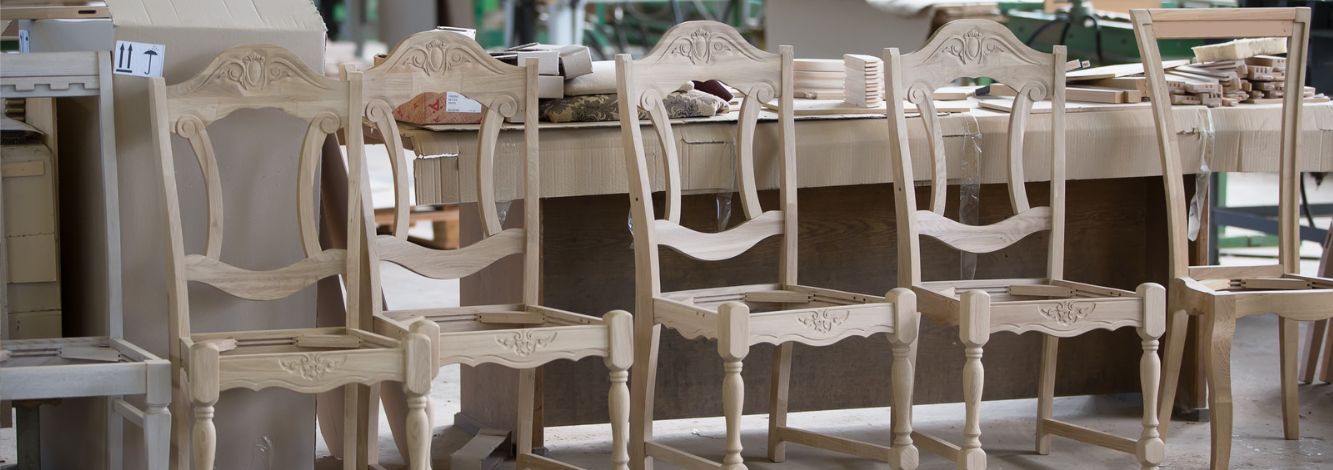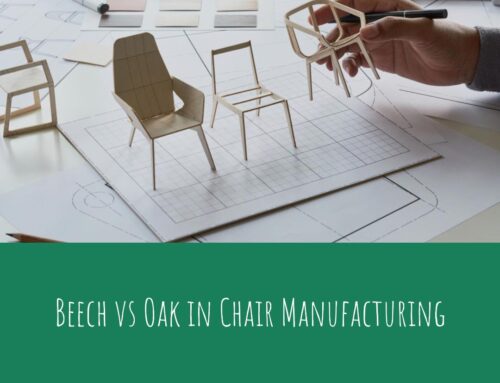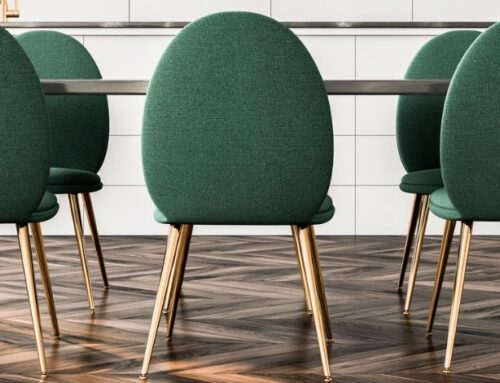Chairs have been an essential piece of furniture for centuries, and the manufacturing techniques used to produce them have evolved significantly over time. From handcrafted to automated production, the way we manufacture chairs has undergone significant changes that have impacted the industry’s efficiency, cost, and environmental impact. In this article, we’ll explore the evolution of chair manufacturing techniques, the benefits and drawbacks of each method, and how technology has revolutionized the industry.

The Early Days of Chair Production
Handcrafted Chairs
In the early days of chair manufacturing, all chairs were made by hand. Skilled craftsmen would select the wood, shape it with hand tools, and assemble each piece of the chair by hand. This process was time-consuming, and each chair was unique, but the craftsmanship and attention to detail resulted in beautiful and sturdy chairs that were highly valued.
Mass Production
As demand for chairs increased, manufacturers turned to mass production techniques. This involved using machines to cut and shape the wood, and workers to assemble the chairs on an assembly line. While this process was faster and more efficient, the chairs produced lacked the unique character and quality of handcrafted chairs.
The Industrial Revolution and the Rise of Automation
Steam-Powered Machinery
With the advent of the Industrial Revolution, chair manufacturing shifted towards steam-powered machinery. This allowed manufacturers to produce chairs on a larger scale and at a lower cost. It also meant that workers no longer had to perform physically demanding tasks, such as sawing and shaping wood, and could focus on assembling the chairs.
Automated Assembly Lines
In the early 20th century, automated assembly lines were introduced, which further improved efficiency and reduced costs. This involved dividing the manufacturing process into smaller, simpler tasks, with each worker performing a specific task as the chair moved along the assembly line. This allowed manufacturers to produce chairs at an unprecedented rate and made them more affordable for the average consumer.
Modern Chair Manufacturing Techniques
Computer-Aided Design (CAD)
With the development of computer-aided design (CAD), manufacturers could create detailed digital designs of chairs and test their strength and durability before production began. This allowed for more precise and efficient production methods, resulting in higher-quality chairs.
CNC Machines
Computer numerical control (CNC) machines are now commonly used in chair manufacturing. These machines can cut and shape wood with incredible precision, ensuring consistency in the manufacturing process. CNC machines also reduce waste by utilizing wood more efficiently, resulting in less material going to waste.
3D Printing
While 3D printing is not yet widely used in chair manufacturing, it has the potential to revolutionize the industry. 3D printers can produce complex shapes and designs that would be difficult or impossible to create with traditional manufacturing techniques. This could lead to the development of new and innovative chair designs.
Benefits and Drawbacks of Chair Manufacturing Techniques
Handcrafted Chairs
Handcrafted chairs are unique, of high quality, and have a certain charm that mass-produced chairs cannot match. However, they are time-consuming and expensive to produce, making them less accessible to the average consumer.
Mass Production
Mass-produced chairs are affordable and readily available, but they lack the character and quality of handcrafted chairs.
Automated Production
Automated production techniques allow for fast and efficient production, resulting in chairs that are affordable and consistent in quality. However, this method can result in less unique and personalized chairs.
Conclusion
The evolution of chair manufacturing techniques has greatly impacted the industry’s efficiency, cost, and environmental impact. From handcrafted to automated production, each method has its benefits and drawbacks, and new technology continues to drive innovation in the industry. As we look toward the future, it’s likely that chair manufacturing techniques will continue to evolve and improve. We may see the development of new materials, innovative designs, and even more advanced automation techniques.
Despite these changes, it’s important to remember the value of traditionally handcrafted chairs and the skilled craftsmen who produce them. These chairs are not only beautiful and unique, but they also represent a connection to our history and the art of furniture making.
In the end, whether a chair is handcrafted, mass-produced, or made with the latest technology, it’s the comfort and functionality it provides that matters most. As we continue to innovate and evolve our manufacturing techniques, let’s not forget the importance of quality, comfort, and design in creating the perfect chair.





